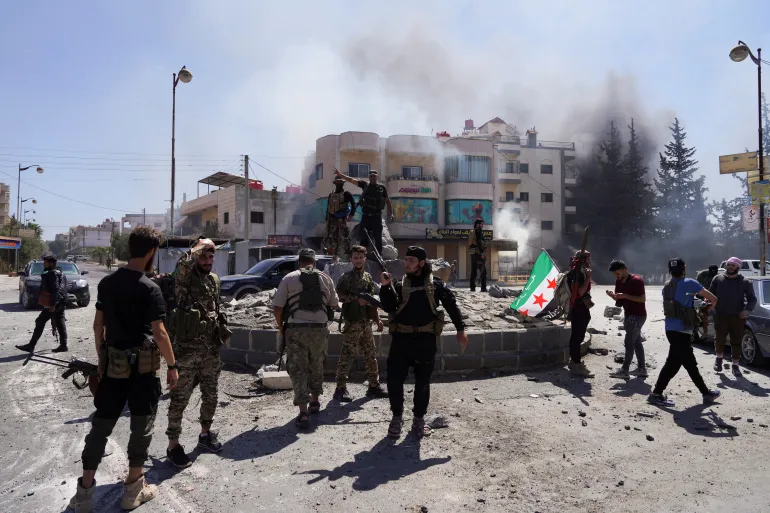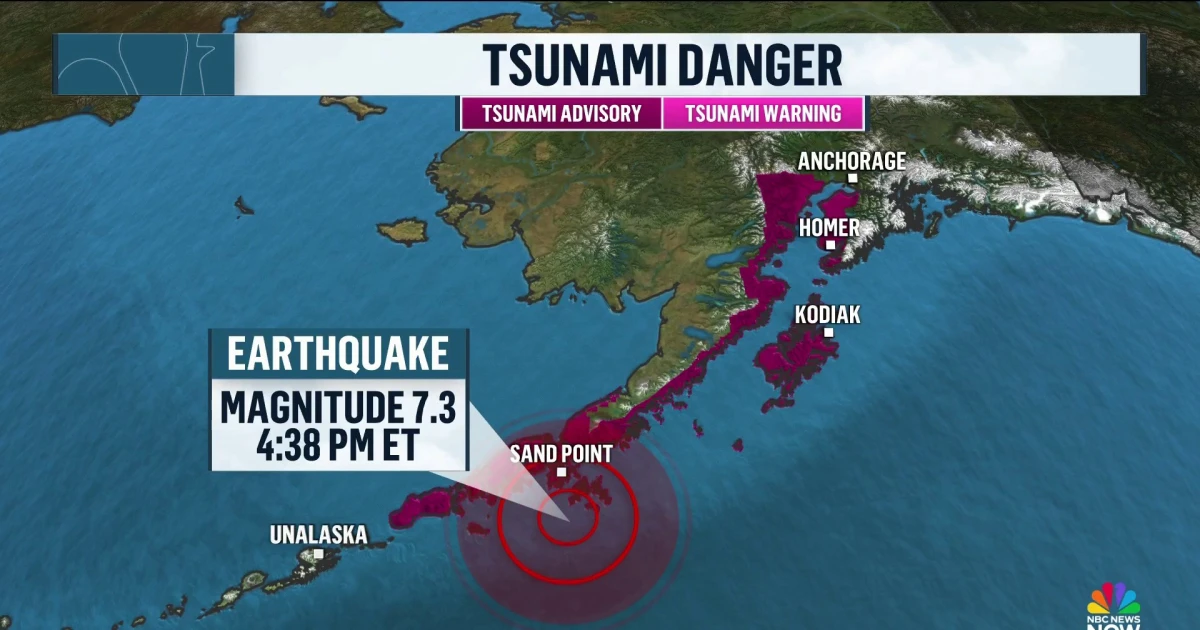At 10:48 PM local time, the ground cracked beneath Alaska’s Aleutian Islands. A 7.3 magnitude earthquake hit south of Sand Point, triggering the Alaska tsunami warning that had half the state on edge. For a few hours, it wasn’t just the earth rumbling—people were too.
What Went Down
- Magnitude: 7.3
- Epicenter: 106 km south of Sand Point, Alaska
- Depth: 10 km — shallow enough to trigger tsunami fears
- Tsunami Warning: Issued by the National Tsunami Warning Center. Later canceled.
- Local Time: 10:48 PM, July 16
Sirens blared. Phones buzzed. Emergency alerts warned residents to head inland immediately. Coastal communities in the Aleutians and southern mainland Alaska were told to take no chances.
No Alaska Tsunami, But the Risk Was Real
Despite early models predicting potential wave activity, no significant tsunami occurred. Within hours, the warning was canceled. The ocean had stirred, but it didn’t strike. Still, this was no false alarm.
This quake was the kind scientists watch for. Shallow. Powerful. Offshore. The kind that, under slightly different tectonic circumstances, could’ve rewritten history overnight.
Why It Matters
Alaska is no stranger to earthquakes. It’s sitting on the Pacific “Ring of Fire”—a hyperactive belt of seismic tension. This isn’t just geology. It’s memory.
In 1964, a 9.2 quake and subsequent tsunami killed over 130 people in Alaska. That wasn’t ancient history. That was a warning written in lives lost.
So when a 7.3 hits offshore? You react fast. You assume the worst.
Aftershock of Emotion
What the numbers don’t show: the collective jolt of anxiety that spread across Twitter, Reddit, and local channels.
- “I thought this was it,” one user posted from Kodiak.
- “Running with my dog and my kid in the middle of the night. No second guesses,” another shared.
It’s the human aftershock that lasts longer than the quake.
What Now?
- No damage has been officially reported as of this post.
- Authorities continue monitoring for aftershocks.
- Emergency response teams are evaluating evacuation drills and system responsiveness.
Lex Take: This Was a Check, Not a Mate
Nature doesn’t need to hit to hurt. Alaska just lived through a blunt reminder: you don’t get advance notice on what’s next. Preparedness isn’t panic—it’s survival.
This time, the sea sat still.
Next time, it might not.
For a deeper dive into how the Alaska quake nearly triggered emotional disaster, read Nao’s full breakdown here.
Stay aware. Stay moving wit Naow





